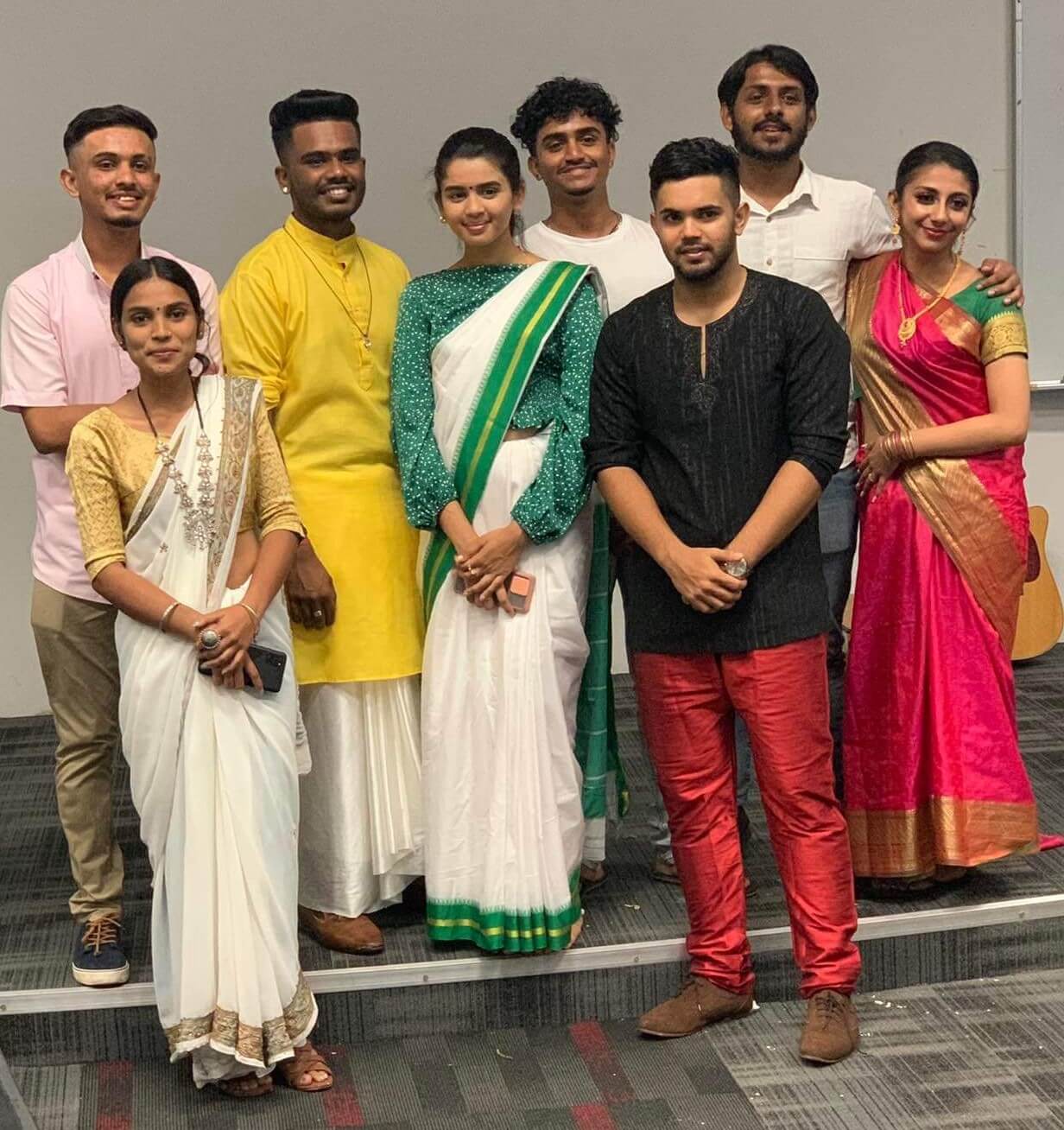Related News

The history of Girmityas from the indentured past has taught lessons to their female descendants in Fiji, says Director for the Centre of Flexible Learning, Dr Rajni Chand.
She made the comments during the Girmit Day celebration organised at The University of the South Pacific, Marine Campus, on Friday, 20 May 2022. The event was initiated by Hindi language teaching assistant Bhagirati Bhan with a help of students.
The event was an opportunity to reflect on the arrival of indentured labourers to Fiji. In May 1879, the first batch of Indian indentured labourers arrived in the country on the ship Leonidas.
It was also a chance to recognise the significant contribution of the Girmitiyas to the Fijian economy and the cultural contribution of the Jahajins (Indentured Woman).
“They are progressing with confidence and leaving their legacies behind. We should never forget our roots, our identity and those women who have brought us to what we are today,” Dr Chand added.
Dr Chand highlighted the impact women were making during the indentured labourers period.
“Even during the Indenture era, women movements (or gangs) activism have been documented,” she said.
“While men did not recognise the changed roles of indentured women, women who came to Fiji as indentured labourers, were like their male counterparts and had control over their income. This gave them power, which many of these women had been denied in India.”
“This independence gave them the courage to fight for their rights.”
Dr Chand added that women struggled more than their menfolk due to their physical, social, religious, cultural, and economic situations despite their newfound independence.
“Understanding that they did not have a choice where their circumstance was concerned, these Indian women in Fiji courageously endured all the sufferings and tried their best to improve their own and the lives of those close to them.”
The assistance rendered by the Methodist Church of Fiji and its missionaries, and, education became the key element in improving their lives.
“With education, confidence, and networking with other women, the Indian women in Fiji gained their bearing and recognition,” Dr Chand said.
“Women are getting more educated and are now equally represented at all education levels. As the ancestors had predicted, progress for Indians would only be possible with education. Progress of Indian women in Fiji is an example of that.”
Student Learning Specialist, Afshana Anzeg shared that while one recognised the significant contribution of the Girmitiyas to the Fijian economy, it may not have done justice to the cultural contribution of the Jahajins.
“The everyday roti, dhal, jeera, methi, sarso , the bindi, bangles, mohar and orhini are all legacies of the Jahajins, which were brought 143 years ago.
Women acted as oral repositories of traditional knowledge, and through the Ajis or Nanis, this knowledge was passed orally from generation to generation.”
“Simple everyday things like food, spices, clothes, and practices shaped the Indo-Fijian (Fijian) identity, a melting pot of Girmit experience, Indian inheritance, and Fijian integration,” she added.